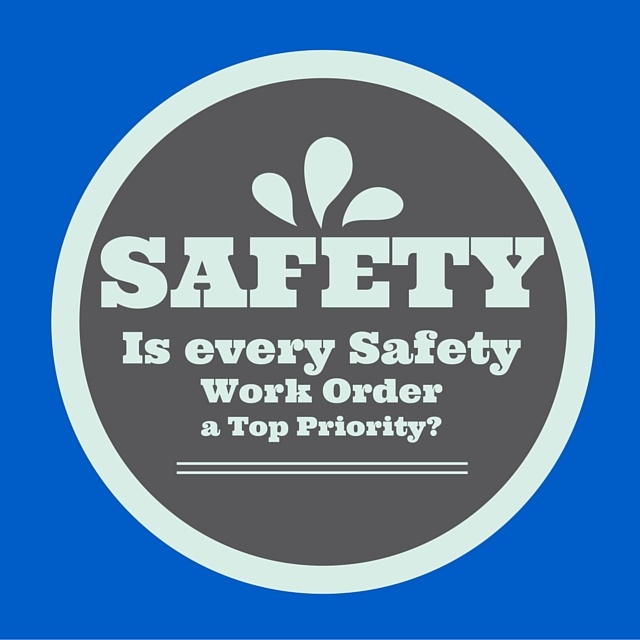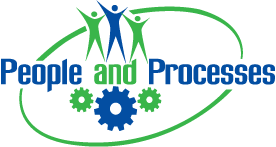
We pleased this week to have a guest blogger to provide insights to the People and Processes Focus on Reliability blog. Please welcome my good friend, Trent Phillips from Novelis. With this post, Trent addresses a common topic that I frequently hear almost everywhere.
Should all safety related work have high priority to complete? This may be heresy to some, but the answer is “no”. Something that creates imminent danger to health, safety or environment should receive the highest correction priority. However, as an example, painting a machine guard from one color to another should not always receive higher priority versus other maintenance efforts. The color does not impede the machine guard from doing its intended function (protection).
Unfortunately, non-critical safety work can often take maintenance scheduling priority over more important proactive activities (PM’s, condition monitoring, etc.) or be completed instead of proactive maintenance efforts required to keep a critical machine operational. Individuals may code a work request as “safety” to force the system to give it priority over other activities when it should not be.
It is critical that work be properly generated, reviewed, approved, prioritized, planned, scheduled, executed, verified and any necessary follow-up activities generated. Finally, communication of any gaps in the planned and executed work should be reported and necessary improvements made. The process has to be consistently followed as well. Following these aspects will help your organization ensure that safety related activities receive the proper priority when needed and not impede other activities when not necessary.
Get more information on how to improve your maintenance planning and scheduling processes or learn how we guide you to success in the process here. There you will find our training courses, planner coaching, assessment, and more resources.
What do you think? Please place your comments below as we always like hearing from you.
